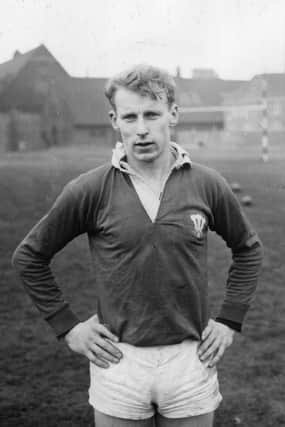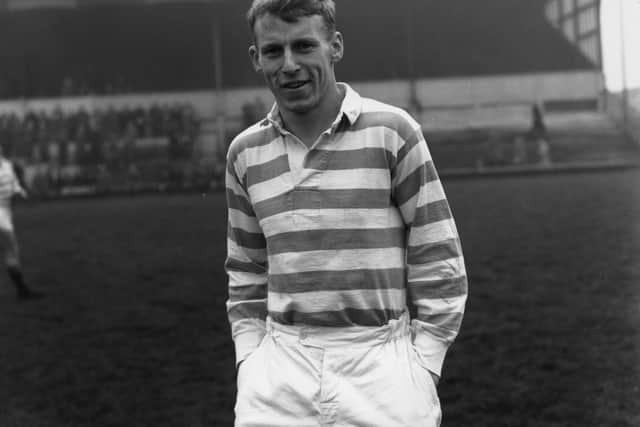From modesty and reticence to dwarf-tossing and “1,000 women” – how the lives of rugby men have changed


“James may have slept with 1,000 women … but it’s ME who reaps all the benefits,” gasps the Sun’s headline. James is James Haskell, the former England forward, and his wife, the woman presumably bunking down on the floor every night, there being more notches than bedpost in this arrangement, is Chloe Madeley, Richard and Judy’s girl.
I was flicking through Scotland’s book - recalling the enjoyable afternoon last year listening to his reminisces, also Gareth Edwards being in awe of the old full-back when I met the Welsh wizard - on the day the oval ball game got a little bit more brazen, and a big bit more risible.
Advertisement
Hide AdAdvertisement
Hide AdRemember when Danny Cipriani was a cover star for GQ magazine as Page 3 pin-up Kelly Brook grappled with the ex-England stand-off in a not dissimilar way to how he might be tackled during a game, only involving more lipstick and fewer clothes? That seemed like a moment, all right, in the, er, progress of the pro game. But Haskell, who himself previously dated Brook, has topped it with his other half’s revelations which presumably he sanctioned.


It is easy, of course, to find dramatic contrast between two men playing the same sport in different eras and these turn up all the time in football. When a rugby player goes all showbizzy, though, it is disconcerting and - this might just be me - not a little sad.
Maybe it is me. For perhaps Scotland and Haskell are both revolutionaries. Our man ripped up the handbook for full-back play and Haskell is showing how the post-rugby career can be more fun than putting on a suit and being employed to tell your company’s clients stories from the scrum.
He seems to have copied the beauty-and-the-beast routine of Mike Tindall, but while the latter’s wife is a minor Royal, Madeley is the daughter of a prissy, Peter Pan-ish daytime TV moralist. Nevertheless, Haskell and Madeley are popular with the colour supplements and those websites which like their subjects in swimwear and lycra, and this pair always seem cheerfully forthcoming with the personal quotes.
Still on the first page of the Edinburgh-born, 27-times-capped Scotland’s memoirs, we’re told that his formative years were spent in a very different time and place, where “modesty, good manners and reticence were characteristic virtues. Showing off and displays of emotion were frowned upon … ”


Hogmanay, 1954 was not a rave-up. Scotland and best pal from George Heriot’s School, Eddie McKeating, having just turned out for London Scottish School, couldn’t afford the Sleeper back to Edinburgh so sat up all night in their carriage with a half-bottle of port and two screwtops. Hogmanay, 1955 was spent in a Toulouse nightclub, but moderately, because the pair were playing the next day for the Combined Services. On Hogmanay, 1956 they received letters informing them they would win their first caps together, against France in Paris.
Scotland’s revolutionary acts were, when he gathered a punt, not to boot it straight back upfield but to run with the ball - and when he was kicking to use his instep. That sounds pretty rudimentary but Scotland once played in a game against Wales where the opposition skipper, Clive Rowlands, aimed for touch relentlessly, resulting in a staggering 111 lineouts. Imagine the relief, and the thrill, of a player not only keeping the ball in the park but doing something imaginative with it. No wonder Murrayfield, and Gareth Edwards, loved him.
Scotland, now 83, also excelled with a cricket bat; Haskell’s se
